An ideal gas undergoes a cyclic process (V,P)→(3V,P)→(V,4P)→(V,P) along straight lines on the P - V plane. Calculate the work done in the process. Solution in Bengali
Area of the cycle = 12×base×height
=12(3V−V)(4P−P)=3PV
As the cycle is anticlockwise, the work done = -3 PV.

Topper's Solved these Questions
- BOOK - CHHAYA PUBLICATIONCHAPTER - FIRST AND SECOND LAW OF THERMODYNAMICSEXERCISE - Examination Archive with solution (WBJEE)8videos
FIRST AND SECOND LAW OF THERMODYNAMICS
- BOOK - CHHAYA PUBLICATIONCHAPTER - FIRST AND SECOND LAW OF THERMODYNAMICSEXERCISE - Examination Archive with solution (JEE Main)6videos
FIRST AND SECOND LAW OF THERMODYNAMICS
- BOOK - CHHAYA PUBLICATIONCHAPTER - FIRST AND SECOND LAW OF THERMODYNAMICSEXERCISE - Entrance Corner - Integer answer type5videos
FIRST AND SECOND LAW OF THERMODYNAMICS
- BOOK - CHHAYA PUBLICATIONCHAPTER - EXPANSION OF SOLIDS AND LIQUIDSEXERCISE - CBSE SCANNER2videos
EXPANSION OF SOLIDS AND LIQUIDS
- BOOK - CHHAYA PUBLICATIONCHAPTER - FRICTION EXERCISE - CBSE SCANNER7videos
FRICTION
Similar Questions
One mole of an ideal monatomic gas is heated at a constant pressure from 0∘C to 100∘C. Then the change in the internal energy of the gas is (given R=8.32J⋅mol⋅k−1)
02:03View SolutionOne mole of diatomic ideal gas undergoes a cyclic process ABC as shown in fig. The process BC is adiabatic. The temperature at A, B and C are 400 K, 800 K and 600 K, respectively. Choose the correct statement.
 04:33View Solution
04:33View SolutionA diatomic ideal gas is compressed adiabatically to 132 of its initial volume. If the initial temperature of the gas is T1 (in kelvin) and the final temperature is aT1.Find the value of a.
01:26View SolutionShow that the coefficient of superficial expansion of a rectangular sheet of the solid is twice its coefficient of linear expansion.
03:18View SolutionDefine angle of friction. The inclination θ of a rough plane is increased gradually. The ply on the plane just comes into motion when inclination θ becomes 30∘. Find coefficient of friction. If the inclination is further increased to 45∘ then find acceleration of the body along the plane. (g = 10 m.s−2)
01:16View SolutionAn ideal gas underoges cyclic process of ABCDA as shown in Given P−V diagram (figure)
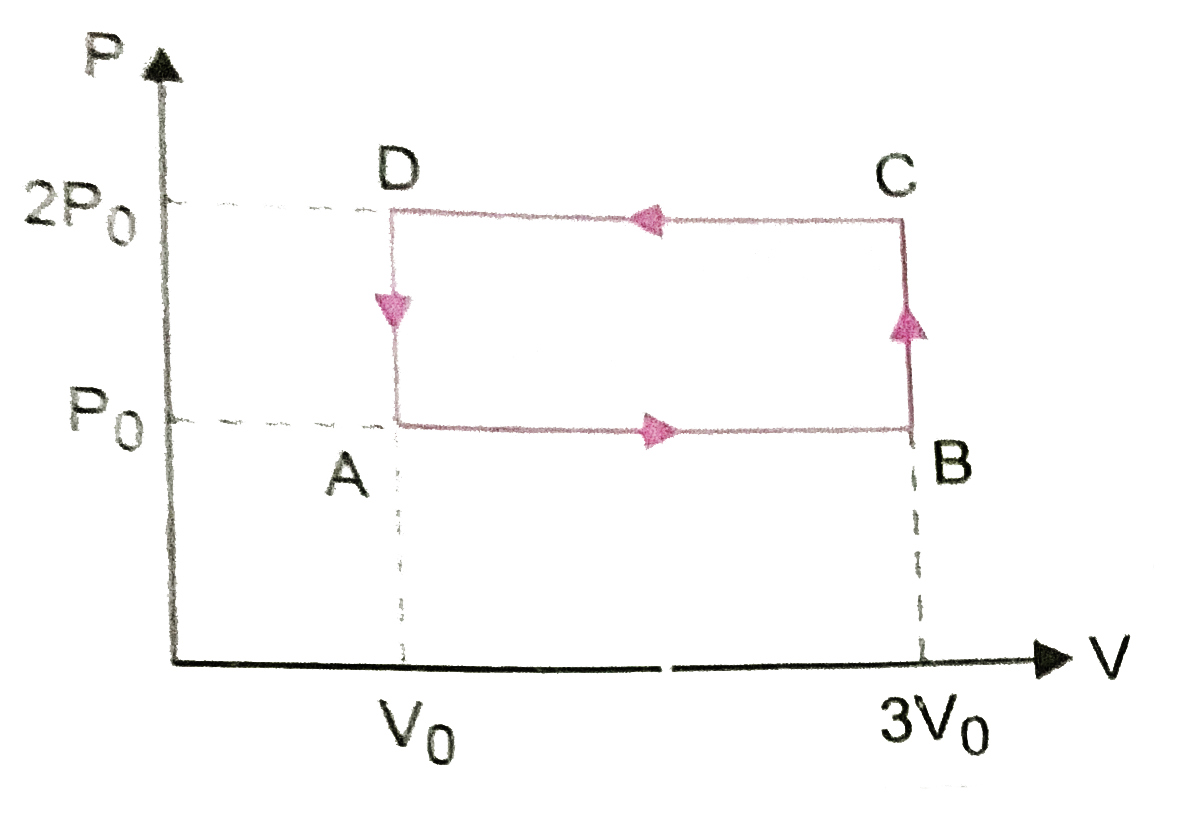
The amount of work done by the gas is05:29View SolutionIn the cyclic process shown in the V-P diagram the magnitude of the work is done is
02:59View SolutionIn a cyclic process shown on the P−V diargam the magnitude of the work done is :
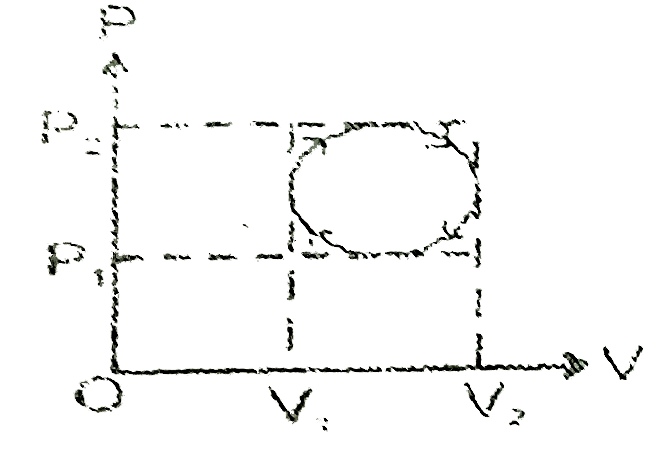 02:44View Solution
02:44View SolutionIn the cyclic process shown in P-V diagram the magnitude of work done is :
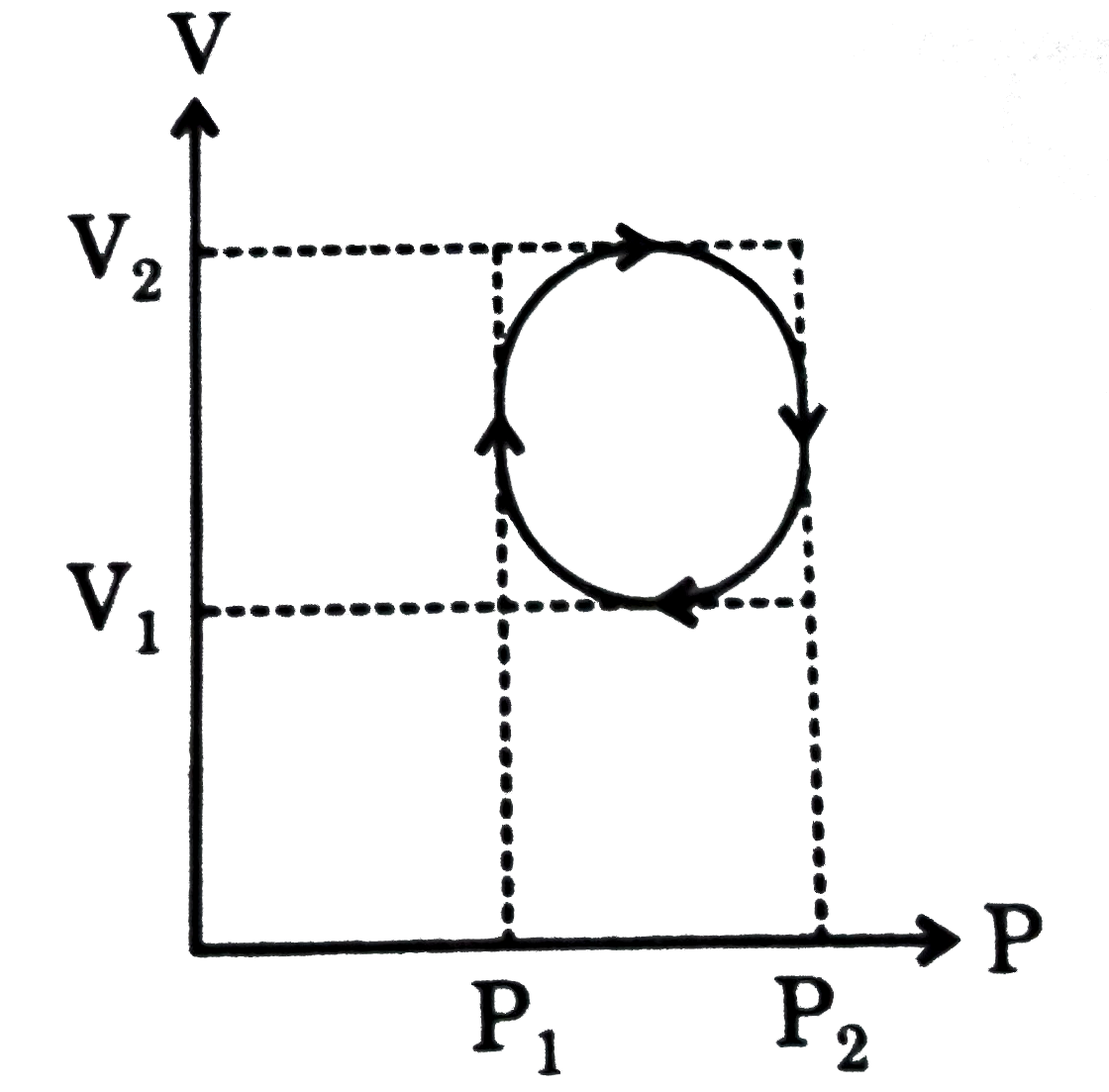 01:43View Solution
01:43View SolutionAn ideal gas undergoes cyclic process ABCDA as shown in givend p−V diagram. The amount of work done by the gas is
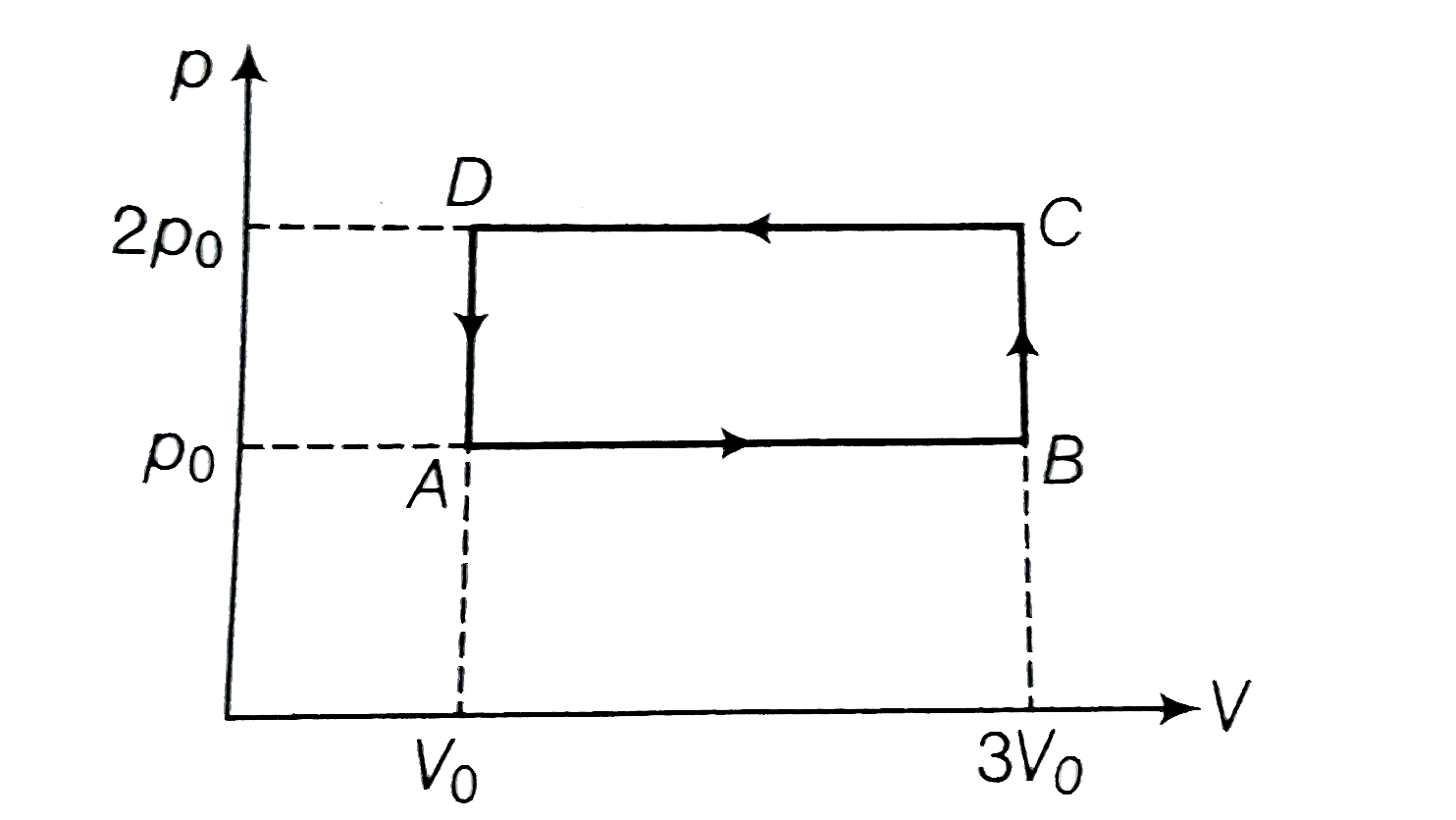 03:59View Solution
03:59View Solution1 mol of an ideal gas participates in the following process:
P,V→P,2V→P2,2V→P2,V→P,V
Calculate the total work done in this process.03:36View SolutionIn the cyclic process shown in P - V diagram, the magnitude of the work done is
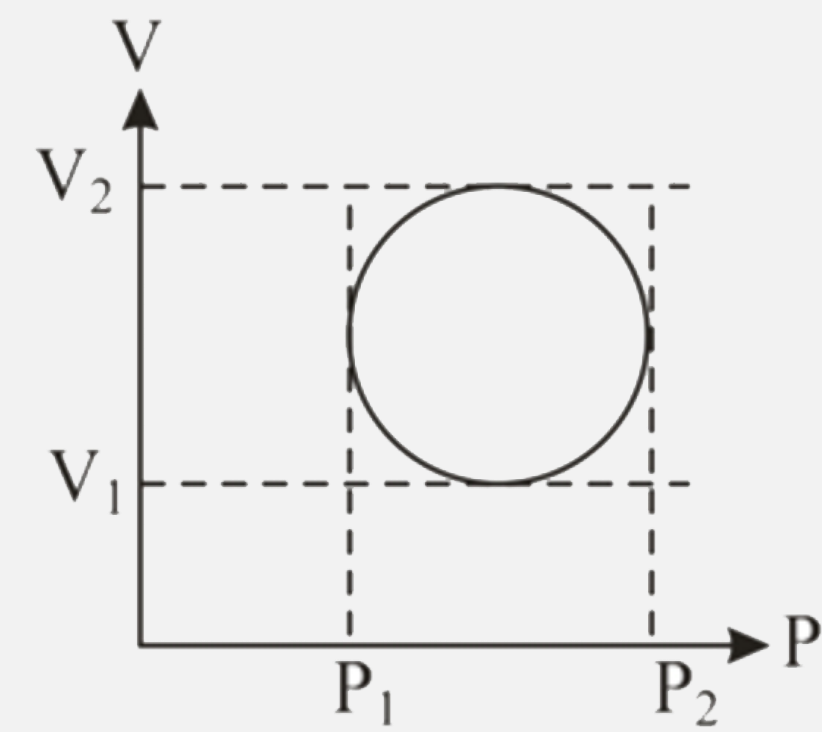 01:55View Solution
01:55View SolutionAn ideal gas undergoes cyclic process ABCDA as shown in given P - V diagram. The amount of work done by the gas is ___
02:06View SolutionAn ideal gas undergoes cyclic process ABCDA as shown in givend p-V diagram. The amount of work done by the gas is
01:30View Solution
In the cyclic process shown in the V−P diagram the magnitude of the work is done is04:10View Solution

